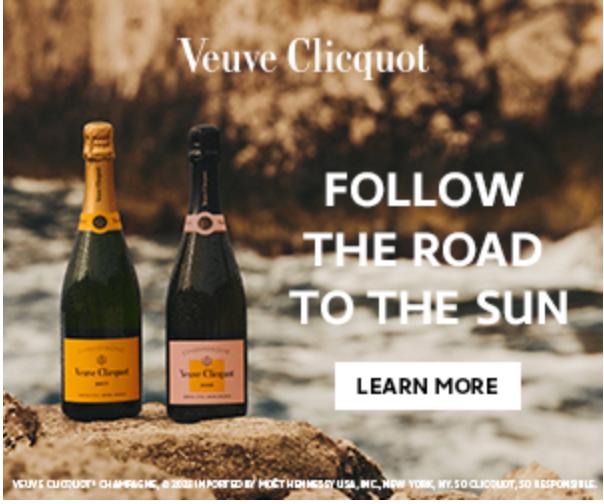Niagara Falls mayor, Howard Milstein clash over future park
Niagara Falls Mayor Robert Restaino has a vision for growing Cataract City’s tourism, while keeping visitors in town longer.
Creating a $150 million “gateway” park downtown that includes an ice rink, indoor arena and outdoor amphitheater.
However, the city doesn’t own the 12 acres of land it is eyeing for its proposed Centennial Park.
Howard Milstein’s Niagara Falls owns the lot and isn’t interested in selling it, even though Restaino says it was an NFR executive who first suggested the location a year ago.
Related:
Post Malone announces Twelve Carat Tour 33-city including NYC’s Madison Square Garden with special guest Roddy Ricch.
Instead, NFR, which has done little to bring new business or attractions to a prime downtown site that it has controlled for 25 years, has a very different idea. The firm is now is pitching a plan to put a data and technology center on a portion of its property and potentially bring hundreds of jobs to the site.
“We firmly believe that eminent domain proceedings are not needed, and we oppose such actions as highly premature,”
NFR Executive Vice President Roger Trevino
“Eminent domain can take years and cost taxpayers millions. It would be completely unnecessary in the face of the opportunities we have been discussing.”



